Olduvai Gorge
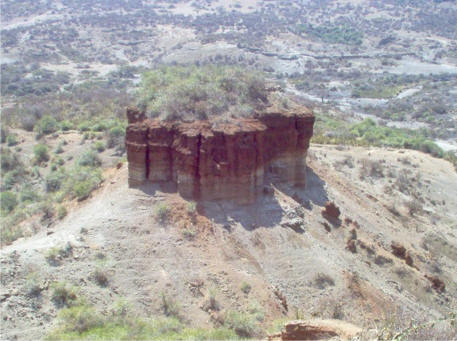
Olduvai Gorge is situated in the plains area. It is considered the seat of humanity after the discovery of the earliest known specimens of the human genus, Homo habilis as well as early Hominidae, such as Paranthropus boisei.
Olduvai gorge is located in Ngorongoro Crater
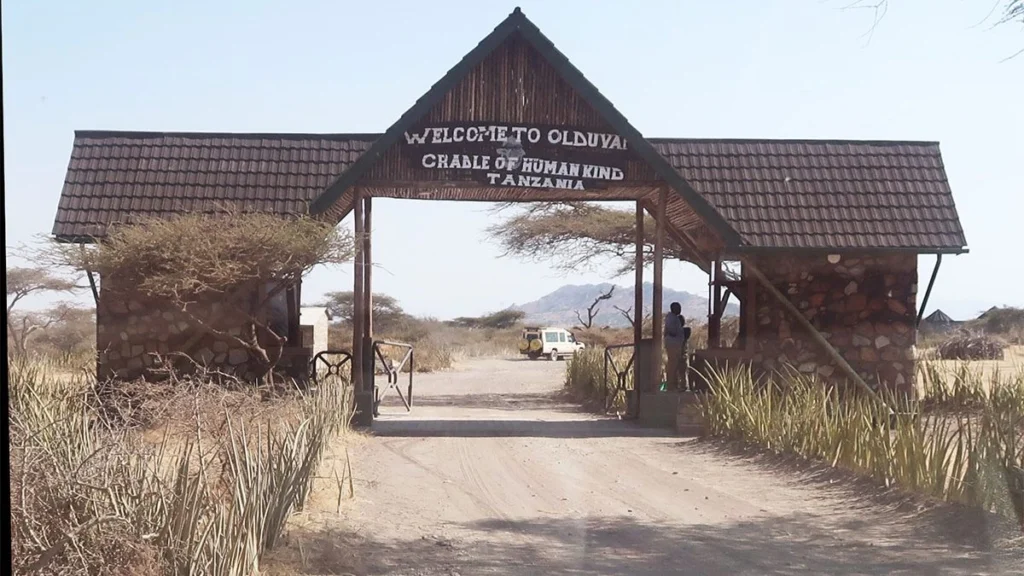
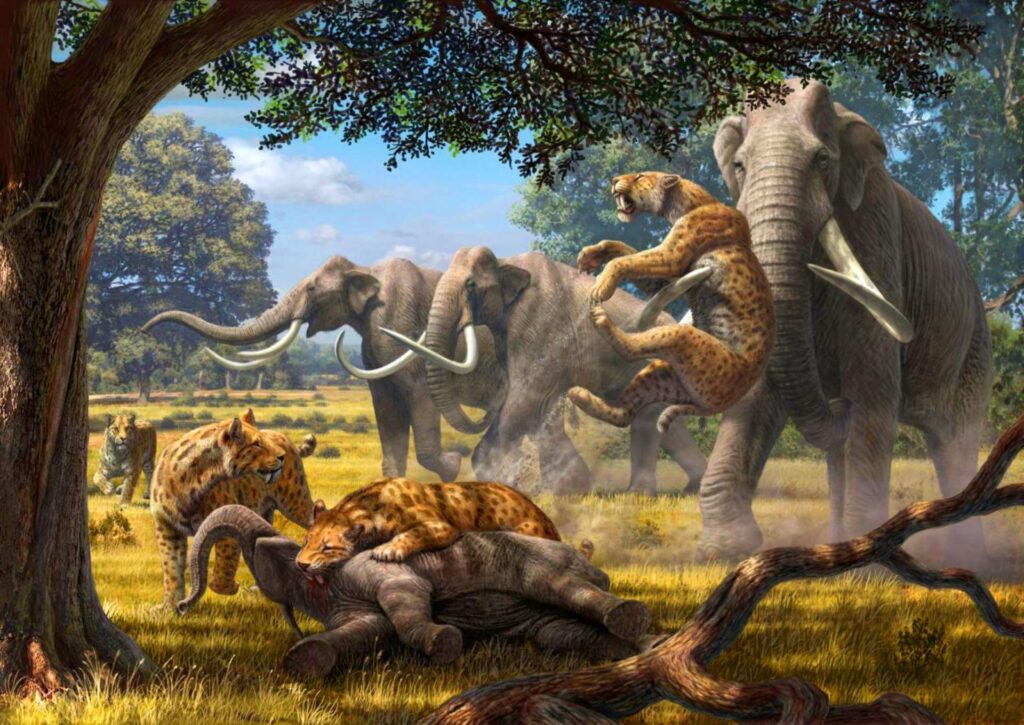
The Olduvai Gorge or Oldupai Gorge is a steep-sided ravine in the Great Rift Valley, which stretches along with eastern Africa. Olduvai is in the eastern Serengeti Plains in northern Tanzania and is about thirty miles long. It lies in the rain shadow of the Ngorongoro highlands and is the driest part of the region. The gorge is named after the Maasai word for the wild sisal plant, Sansevieria ehrenbergii, commonly called Oldupaai.
It is one of the most important prehistoric sites in the world and research there has been instrumental in furthering our understanding of early human evolution. Excavation work there was pioneered by Mary and Louis Leakey in the 1950s and is continued today by their family.
The History of Olduvai Gorge

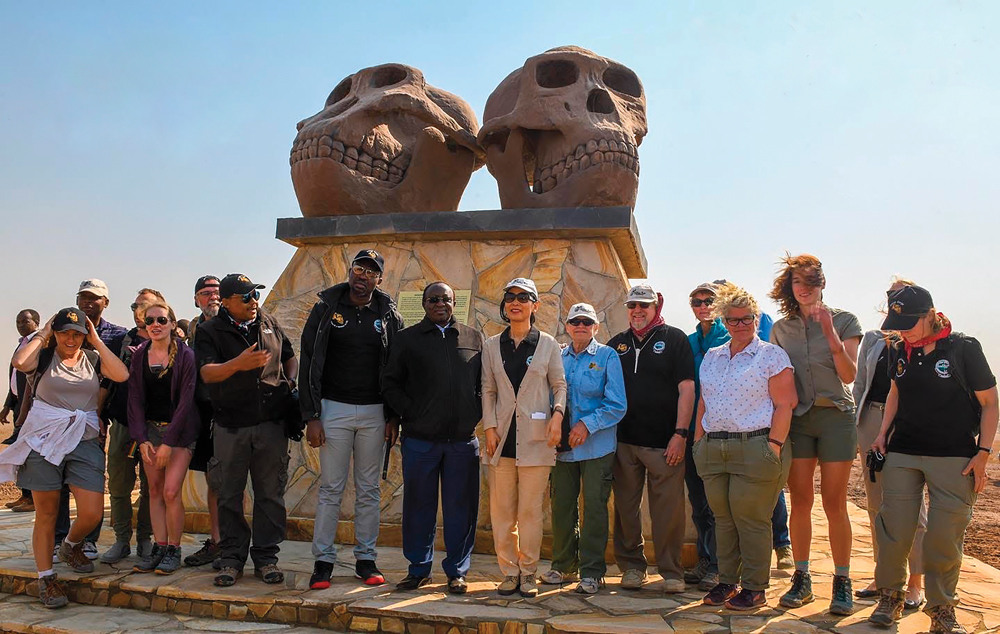
Some believe that millions of years ago, the site was that of a large lake, the shores of which were covered with successive deposits of volcanic ash.
Around 500,000 years ago seismic activity diverted a nearby stream which began to cut down into the sediments, revealing seven main layers in the walls of the gorge.
The Olduvai Gorge Museum is located in the Ngorongoro Conservation Area in Northern Tanzania on the edge of Olduvai Gorge. The exhibits at the Olduvai Gorge Museum are centered around the paleoanthropological research and artifacts that have come from the surrounding area. There is one hall dedicated to the Leakey family and their pursuit of working at Olduvai Gorge. This hall has historical artifacts from the Olduvai Gorge area as well as charts and maps explaining the process of fossil excavation. Many of the artifacts are original but some are casts (specifically the hominid skulls). The adjacent hall is dedicated solely to the Laetoli fossilized footprints. A cast that was made of part of the footprint trail in 1996 by the J. Paul Getty Museum is on display.
Explore Wonders
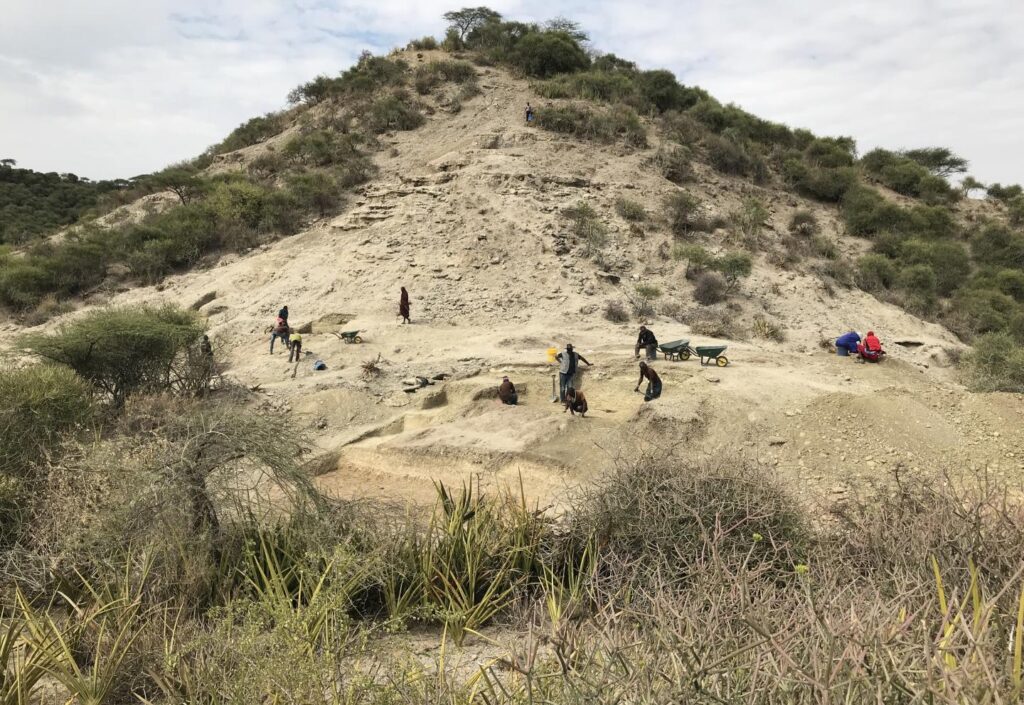
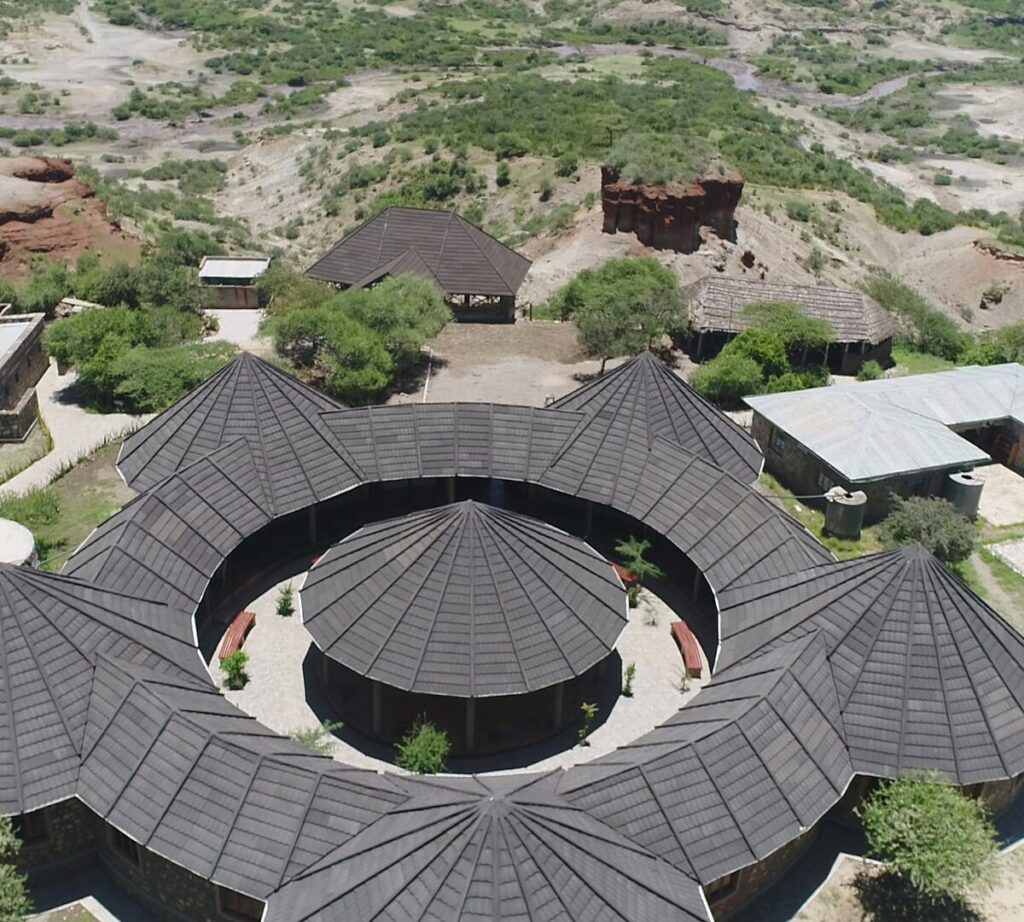
Accompanying this are several charts and photographs describing and illustrating the process of the Laetoli Footprints creation. There is also a large illustration depicting three Australopithecus afarensis walking through the area 3.6 million years ago. In addition to these indoor museum exhibits, there are also two outdoor lecture areas. These are utilized for orientation presentations given by museum staff.
